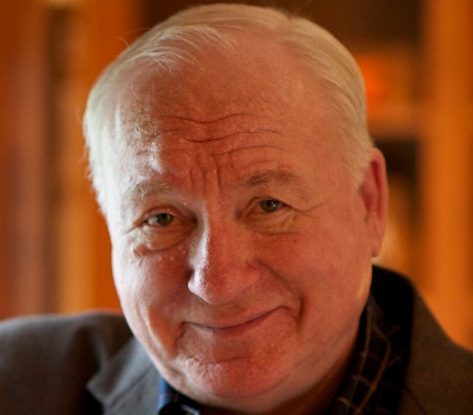Twins manager Rocco Baldelli wouldn’t say that Sunday’s game was any more important than any other game.
This time of year, they all matter “an immense amount,” he said Sunday morning before the Twins beat the Cincinnati Reds 9-2 in the series finale at Target Field. But it sure felt like Sunday’s game was an extra important one for the Twins.
They were coming off two big losses to the Reds, a sub-.500 foe. The schedule only gets more challenging from here with a seven-game road trip beginning with four games in Cleveland against the division leaders starting Monday. And their lead in the American League Wild Card race would have been down to just 1 1/2 games if they had lost with Detroit winning earlier in the day.
So when the Twins’ offense finally broke through in the sixth inning, tying the score on Ryan Jeffers’ two-out double and taking the lead when Brooks Lee singled home a pair of runners, it gave the Twins a boost they so badly needed.
Lee helped put the game out of reach an inning later, delivering a bases-loaded triple to bring home three more runs in the most significant game of his young career. It was the first triple of Lee’s career and the first time he had driven in five runs in a game.
The triple came after Carlos Santana’s two-run homer — one of three hits for him on the day — had pushed the Twins’ lead to four at the time, giving the bullpen a comfortable cushion.
The Twins’ bullpen was unscored upon with three relievers — Ronny Henriquez, Cole Sands and Jorge Alcala — shutting down the Reds across the final 5 1/3 innings of the game.
It was a quick hook for Twins rookie pitcher David Festa, who topped 97 miles per hour in a third inning which featured three strikeouts but ran into trouble an inning later.
Festa gave up three hits to begin the inning — including a little dribbler that neither he nor catcher Ryan Jeffers fielded — and a sacrifice fly, producing the Reds’ only two runs of the game. Festa walked a pair of batters before turning the game over to Henriquez, who was able to escape the jam and hold the Reds right where they weret.




